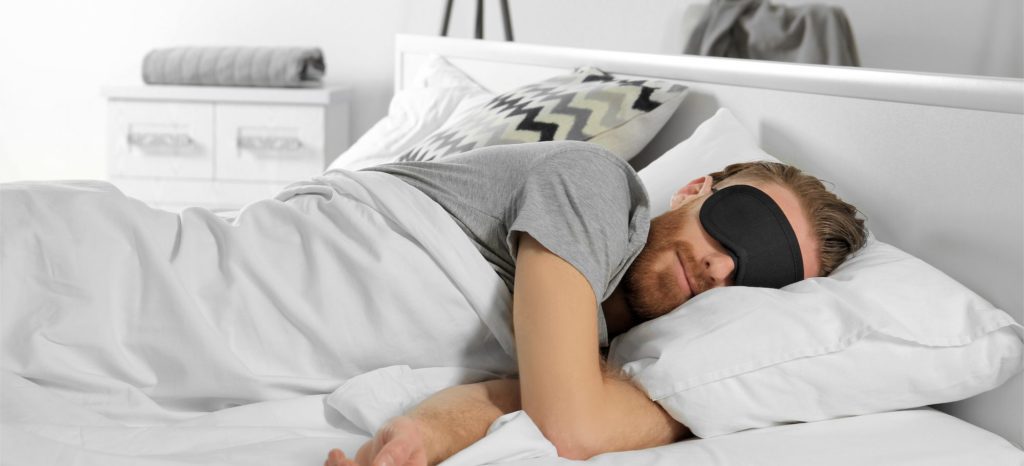Named for their unique shape, sleep spindles are patterns of brain activity that occur during healthy sleep. Evidence suggests that sleep spindles play an important role in uninterrupted sleep, memory formation, and learning.
Sleep spindles occur during non-rapid eye movement (NREM) sleep and are most prominent in the second stage of NREM sleep, which makes up between 45% and 55% of sleep in most adults. Sleep disorders, medical issues, aging, and the use of some medications can all affect a person’s sleep spindles.
What Are Sleep Spindles?
Sleep spindles are short bursts of brain activity that occur during sleep. Sleep spindles may be involved in promoting memory, learning, and uninterrupted sleep.
Although sleep is a time of rest, it’s also a highly dynamic process. The brain stays surprisingly engaged even as you sleep, and your body remains hard at work repairing tissue and fighting infections.
Sleep spindles are a normal part of your sleep architecture, which is your body’s predictable pattern of cycling through different stages of sleep. Sleep spindles occur during specific stages of sleep, usually last around half a second or more, and arise many times over the course of the night.
Measuring Sleep Spindles
During an overnight sleep study, specialized equipment can detect electrical activity in the brain, which shows how a person’s sleep changes over the course of a night. Using the readout of brain waves from this equipment, sleep technicians can identify and measure sleep spindles.
For a sleep study, trained staff connect a person to a number of devices that record information about what is happening in the brain and body. To measure brain activity, electrodes are placed on different parts of the head. The electrodes are connected to a computer that can detect and record electrical signals in the brain.
As the person sleeps, the staff at the sleep center get a real-time look at the person’s brain waves, called an electroencephalogram or EEG. Sleep spindles appear as short but significant eruptions of activity. On an EEG, this looks like a series of sharp peaks and valleys in quick succession.
Sleep spindles usually last between half a second and three seconds and have a frequency of 11 to 16 Hertz. This means that the EEG readout shows about 11 to 16 bursts per second during a sleep spindle.
When Do Sleep Spindles Occur?
Sleep spindles occur many times throughout the night as you sleep, usually during a specific sleep stage known as stage 2 sleep.
As you sleep, your body cycles through four different stages of sleep in a predictable pattern. Those stages fall into two categories: rapid eye movement (REM) and non-rapid eye movement (NREM) sleep. NREM sleep has three distinct stages that are the first phases of the sleep cycle. Brain and body activity changes during each stage.
- Stage 1: This stage of NREM sleep represents the transition from being awake to falling asleep. While the changes are small in stage 1, your heart rate and brain activity start to slow.
- Stage 2: During stage 2, your body and brain are generally ramping down in activity, but brain waves demonstrate notable sleep spindles.
- Stage 3: The final stage of NREM sleep, stage 3 is associated with deep, restorative sleep. During stage 3, a sleep study shows slow, low frequency brain waves.
- Stage 4: Also known as REM sleep, this sleep stage is characterized by fast shifting of the eyes and a variety of brain waves. Overall, brain activity picks up during REM sleep, which is when you’re most likely to have vivid dreams.
Sleep spindles occur most often during stage 2 NREM sleep, and they can occur multiple times per minute. They can also appear early in stage 3 NREM sleep but don’t usually happen during stage 1 or stage 4 sleep.
Do Sleep Spindles Have a Purpose?
Among medical experts, there are several prominent theories to explain why sleep spindles occur and why they may contribute to sleep health.
- Shutting down the senses: For uninterrupted sleep, you should not be disturbed by your surroundings. Sleep spindles may help by blocking the way the brain normally receives and transmits information about the senses. Sleep spindles may make it harder for someone or something to wake you up.
- Memory: Sleep and memory are closely linked. Sleep helps you solidify new memories and record information from the day in a process called memory consolidation. Researchers believe that sleep spindles may be a critical part of this memory development.
- Learning and intelligence: Sleep spindles may encourage learning by engaging certain areas of the brain during sleep. Researchers have observed spindle activity shooting up during sleep after a hard study session. Some evidence also suggests that sleep spindles may be associated with a person’s overall intellect.
Unusual Sleep Spindle Activity
Sleep spindles are a part of healthy sleep, but unusual sleep spindle activity may be a marker of medical problems, aging, or the use of certain medications.
- Sleep disorders: People with severe sleep apnea, a common disorder affecting breathing and sleep quality, often have fewer sleep spindles. In addition, some studies indicate that a number of other sleep disorders can disrupt sleep spindle patterns.
- Seizure disorders: Unusual sleep spindle activity may be seen in people with a sleep-related seizure disorder. Sleep spindles tend to decrease in the minutes before a nighttime seizure occurs.
- Mental health issues: Certain mental health conditions are correlated with unusual sleep spindle patterns. For example, schizophrenia has been associated with reduced sleep spindles. People experiencing anxiety may also have fewer sleep spindles during the night.
- Stroke: A stroke can have a profound impact on a person’s brain function, and people commonly have disrupted sleep when recovering from a stroke. Although not fully understood, some studies have shown alterations in sleep spindles after a stroke.
- Getting older: Sleep architecture usually changes with age. In addition to getting less total sleep, many older adults get less stage 2 and stage 3 NREM sleep while also frequently having fewer sleep spindles.
- Certain medications: Some prescription drugs can affect a person’s sleep spindle patterns, including some anti-anxiety drugs and sleeping pills.
Anyone with concerns about their sleep stages or sleep spindles and how it may relate to their overall health should consult with a doctor or a sleep specialist who can provide medical advice tailored to their specific situation.
References
Ask the Sleep Doctor
Have questions about sleep? Submit them here! We use your questions to help us decide topics for future articles, videos, and newsletters. We try to answer as many questions as possible. You can also send us an email. Please note, we cannot provide specific medical advice, and always recommend you contact your doctor for any medical matters.








